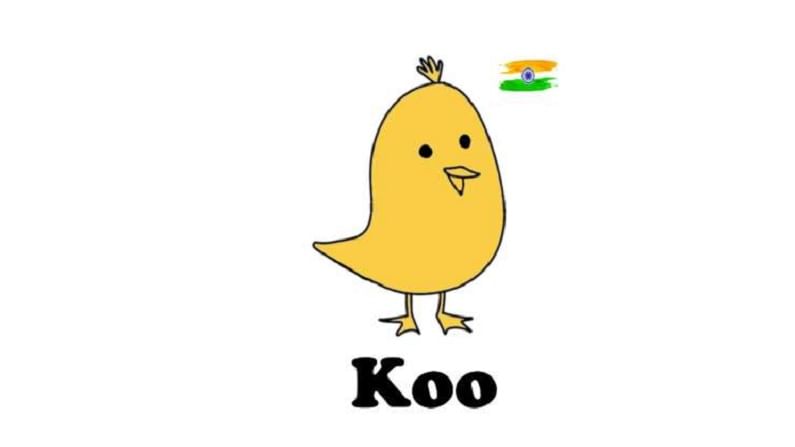Koo vs Twitter: What does this Made-in-India app offer that Twitter doesn't?
A look at what makes it different and whether it can be an alternative for people who don’t want to be on Twitter

With Chinese companies dominating the tech space in India, it was inevitable that Indian techies would rise up to the challenge. The catalyst was the Indian government’s decision to ban some popular Chinese apps.
This led many app developers to think of ‘Aatmanirbhar’ apps. While this growth of ‘Made-in-India’ apps was to counter the inflow of Chinese apps in India, Indian app developers now plan to challenge the global leaders.
Case in point – Koo!
What’s Koo?
Koo is a microblogging platform that takes a lot of cues from Twitter. Just like Twitter, you can post your thoughts, videos, share links, memes, polls, follow public figures, organisations and friends and even re-Koo (retweet) other users’ posts for greater reach. Twitter has a character limit of 280 whereas Koo has a character limit of 400.
The sign-up process for Koo is also fairly simple. Keeping in mind to reach tier-2, tier 3 and even rural areas of the country, the founders of Koo reached to a conclusion that it is way more convenient to sign-up on an app with a phone number and OTP than ask them to sign up via e-mail or other social media platforms.
The best part is that you can even link your existing social media handles to the app. If you are familiar with hashtags for trends and @symbol to tag users on Twitter, using Koo will be a walk in the park for you.
Should you sign-up on Koo?
This question always is a very subjective one. However, if you are done with Twitter, Koo can be a refreshing platform. If you are someone who wants to micro-blog or get your daily fix on what’s trending – in a regional language, Koo is a great platform to be on.
Currently it offers only one language to choose from the list as you sign up. However, it gives users an option to choose from various Indian languages as well as English. Koo supports English, Hindi, Kannada, Telugu, Tamil Marathi, Bengali, Malayalam, Oriya, Punjabi, Assamese and Gujarati.
What are Koo’s drawbacks?
Koo is a new app, and it does have new-app problems. It does feel a little buggy at times as we used it and, at its launch, many also believed that it lacked the data privacy security that a responsible app should have.
Another area of concern was the user-experience. It somehow does not feel fluidic and there are a lot of taps that one needs to do in order to post a Koo.
Posting of images and videos are also something that Koo does in a very tedious way. It can learn from Twitter and innovate on the existing tools available to app developers to make the posting of multimedia content a bit easy for their users. There were also a couple of instances of missing Koo’s. After posting a Koo, it disappeared from the timeline after a couple of hours. Rebooting the app and even signing in again did not solve the problem. So, there are a few bugs that still need to be ironed out by the developers.
Can Koo be an alternative to Twitter?
Koo has a lot of India appeal. In terms of global audiences, you’ll just see some folks of the Indian diaspora sign-up on it and that’s it. Also, since it was touted as the Indian Twitter – it was more talked about on Twitter than on its very own platform.
This is also not the first attempt by an Indian app to challenge Twitter. India is Twitter’s third-largest market with 18.9 million users and Koo has the potential of being an app that can come close to challenging Twitter in India, provided they work on their user experience.

